|
A History of Art in Space |
|
Above is a newspaper clipping I found in a sketchbook of mine from the 1980's when I lived in Brasilia which just goes to show that my obsession with art in space is an early one. Translating from the Portuguese it reads: Songs from Space. Cosmonaut Yuri Romanenko transformed boredom of long orbital voyages into melodies by composing 20 songs - the first to be written in space - about exhaustion from the flights, the absence of family and friends. So, believe it or not a history of art in space already exists. There are a number of databases on the Internet that have lists of past and present artists creating space works. What is significant to this project is to talk about the few art projects carried out on Earth, in parabolic flight and in space that reflect the issues related to designing a module for the Arts and Humanities and that deal with the artist/audience relationship; a fundamental element in art in space. The works I will mention are the music video SCREAM by video director Mark Romanek for Michael Jackson co-starring Janet Jackson, the parabolic flight campaigns of French choreographer Kitsou Dubois, the first theatre piece in parabolic flight by Slovenian director Dragan Zivadinov, a space module designed by New York designer Michael Kalil, poetry written by astronaut Dr. Mukai from Japan and a sculpture which is on the moon this very moment by Belgian artist Paul van Hoeydonk. Rehearsing for ISADORA Michael Jackson's 1995 video "Scream" by director Mark Romanek co-starring Janet Jackson was a video that opened music's doors to zero-gravity on MTV. This video, which is to date the most expensive music video ever produced ($US 7 million) portrays an isolated Michael Jackson in a space ship that is both home and performance space. This home which he inhabits contains a game room, a cultural space for viewing works of art and a meditation space for spiritual practices..
The performance space is a hexagonal module in which Michael can dance on the walls and ceiling in a varying gravity environment. At the click of a button he can have zero-G. This portrayal of a gravity-defying module has become a common gimmick in the music video industry since "Scream" premiered in 1995. The gimmick is so pervasive nowadays having appeared in scores of videos. Everyone from Foo Fighters, Madonna, Sheryl Crow, TLC, Jamiroquai, Skunk Anasie have defied gravity in some form or another in their videos. It almost reflects what seems to be a dissatisfaction with what earth-bound production studios have to offer. The music industry may not realize it but they are probably rehearsing for ISADORA more than any other industry or art discipline.
Stills from various MTV videos portraying space or gravity defying moments
Mother Parabola The performer who most impressed me was French choreographer Kitsou Dubois who had started conducting dance experiments in parabolic flight 8 years before I even thought of the ISADORA Module. For those of you who don't know what a parabolic flight is, it is an airplane used for astronaut training. It climbs at a steep angle and, as it comes out of its climb, people inside begin to float. The plane proceeds to draw an arch and, in a sense, drops out of the sky at an angle at which its occupants are falling together with the plane. The result is floating inside the plane for around twenty seconds. It is called a parabolic flight because after the drop it climbs again then falls again making its path a series of 11 to 30 parabolas depending on which aircraft is used. As the plane climbs, however, you get the opposite effect: twice the force of gravity or 2-G. Microgravity research and astronaut training is conducted during these 20 second archs of zero-G.
The aircraft used for parabolic
flights is jokingly referred to by astronauts and
Kitsou is by far the most experienced artist with zero-G having 11 parabolic flight campaigns under her belt. Only a hand full of other artists have engaged in a couple of parabolic flights. At one Art in Space Forum I attended I already noticed how the question "Have you done a parabolic flight?" was tossed around by the artists present. I definitely started to suffer of PES (Parabolic Envy Syndrome) and realized that I too had to get on a flight fast if I wanted to be hip in the art in space scene. But back to Kistou: A few things are notable about her work. Her work suggests that choreography in space may be dependent on anchoring and the use of what I call "manipulators", a performer who is anchored to a wall or floor by use of foot or hand holds attached to the walls and manipulating the motions of the floating performer. The space community have been developing anchoring devices since the first spacewalks and will surely be able to contribute and incorporate this technology into an ISADORA Module. Kitsou's work addresses the need for hardware in future space studios that can assist in the motion of performers. It must be noted that if a person is placed in the middle of a module out of reach of any wall, he or she will be stuck there. They won't be able to initiate their own momentum to float towards a wall. They can kick and make swimming gestures as much as they want but they will stay put. This is actually a joke that astronauts have played on one another in space. They ask a new comer in the space station to stay put in the middle of a module and then abandon them for while. Another notable thing about Kitsou's work is that every one of her 11 parabolic flights was done in collaboration with the CNES (Centre National d'Etudes Spatial) and the Bio Mechanics Group of the Imperial College in London. Her objectives have been to investigate the control of movement in weightlessness through interdisciplinary research.10 Her interest in collaborating with scientists is, as my research suggests, probably going to be shared by the majority of artists wanting to create art in space. Therefore, Kitsou's work does shed light on the collaborations between artists and scientists within the space industry context.
Kitsou Dubois and company on a parabolic campaign over Star City, Russia. Kitsou's work shows how anchoring devices and people with specific roles as "manipulators" of movement will be important elements in zero-gravity performaing arts. Pure Shared Experience Dragan Zivadinov is another artist who has placed a theatre piece in parabolic flight. It was called the Noordung Zero Gravity Biomechanical Theater. This took place in December of 1999 in a Russian cosmonaut training aircraft operated by the Yuri Gagarin cosmonaut Training facility at Star City just outside Moscow. What I find notable about this piece is the artists' relationship with the audience. Dragan took eight spectators to watch the performance that would last 11 parabolas. They were strapped into seats and watched the performance sitting down (fig.2). After the 8th parabola the eight spectators were unstrapped and were allowed to float amongst the performers (fig.3). Filmmaker Michael Benson was on the flight filming the performance but in the following statement he talks about his experience as a spectator: When it comes to the zero gravity "scenes", my "identification" with the situation of the actors was so total that I became an incontrovertible part of the piece of art myself, in the sense that I lost a good part of my ability to follow what they were doing. Instead, I became all implicated in their experience; I was involved in what "we" were doing. …(W)hen I flew up to join the spinning, kinetic, angelic cloud of turning, shifting people, there was no question of difference; it was pure shared experience.11 I believe that this involvement of the audience in new and more fluid ways may also be a tendency of future works in space. When their astronaut counterparts will not be collaborating they may simply be floating spectators from all angles; part of a performance soup or angelic cloud as Benson describes it. Theater in low earth orbit will naturally impose a new geometry in the performer-audience relationship hence influencing the type of architecture that will be required of space theatres. This new geometry will most likely revolutionize the very nature of performance.
(fig.1) This scene filmed by Michael Benson is one of the most exquisite pieces of film I've ever scene. It drew sighs from the audience at an art in space forum I attended in Paris as the performers floated up to the back of the airplane like a wedding bouquet being tossed through the air.
(fig.2) Audience of eight is strapped down to their seats for 8 of the 11 parabolas.
(fig.3) Audience is released to mix with the performers.12 Sharing from afar Other interactions that will probably occur one day on ISADORA will involve orbit to ground interactions. Astronaut Dr. Mukai of the Japanese Space Agency NASDA went into orbit in 1998 on flight STS-95 Discovery. While in orbit she wrote a tanka. A tanka is a poem of 31 syllables divided into two parts, the upper poem and the lower poem. The upper poem warrants a response; a reaction from someone else which is the lower poem. Her poem obtained 140,000 responses from the Japanese public13; again another highly participatory audience. This demonstrates a large interest and willingness to participate on the part of ground spectators.
Astronauts Mukai's upper poem (to the left) reads; "Turn space somersaults, As many as you like, That is weightlessness." (Response from person on ground): "Somersault in a bathtub, That is space for my child." V arious
prizes were distributed by several ministers and Japanese celebrities.
Dimensionless Environment Ames Research Center commissioned a study into a sixth generation module from New York designer Michael Kalil in the 1980's. This module (referred to as a space station) is transparent and, in the words of Whitney Museum's curator Lawrence Binder, "would create a dimensionless environment, allowing the cosmos to envelop the inhabitants; the occupants would become part of, and not mere observer of, the universe."15 This notion of transparency breaks the irony of spaceflight which presently involves being inserted in the largest space possible yet locked in the most claustrophobic of spaces; a tin can. Kalil coined the notion of his dimensionless environment DNA or Diverse Neutral Atria; an environment that would morph according to astronauts needs; walls would become tables or beds at the touch of a hand. However, he does use right angles for divisions that shows tha duality of wanting to experiment with no up or down but, at the same time, revealing the necessity to have it. Will we ever be able to shake off what Carl Sagan called our obsession with Euclidean Geometry? So Kalil's module addresses many issues: an existential relationship with the universe, together with habitation issues and the importance of transformability or multi-fuctionality of his module.
Michael Kalil's transparent module. Photograph: Henrik Kam
Interaction with Objects American-Swiss artist Arthur Woods actually had a sculpture, The Cosmic Dancer, flown to the MIR on May 22, 1993 where a cosmonaut tumbled and interacted with the object for a short period. The object was sent to the Russian Mir space station to investigate the properties of sculpture in weightlessness. In September 1995, in a cooperation between the OURS Foundation and the European Space Agency (ESA), Arthur Woods also organized and managed the launch of Ars ad Astra: The 1st Art Exhibition in Earth Orbit also on the Mir space station. 15a This project showed how art works can already be experimented with in situ or in in ground-to-orbit interactions even before the artists gets a chance to go into space.
Symbolic Gestures Finally, other works will be more solitary or symbolic and removed from audience experience. Belgian artist Paul van Hoeydonk produced a tin figurine called "The Fallen Astronaut". This figurine along with a commemorative plaque with the names of the 14 astronauts who lost their lives for space exploration was placed on the lunar surface.16 This is a touching symbolic gesture that not many people know about.
"The Fallen Astronaut" by Belgian artist Paul Van Hoeydonk may well be the first work of art in space. It was placed at the Hadley-Apennine landing site by astronauts Scott and James Irwin (Apollo 15). So the afore-mentioned works done up to now address issues that I will talk about in chapters T minus 5 and T mins 4; issues relating for existentiality, habitability, collaboration and the functionality of art studios. But first I will explain how I went about interviewing artists about their needs and desires for and ISADORA module.
|


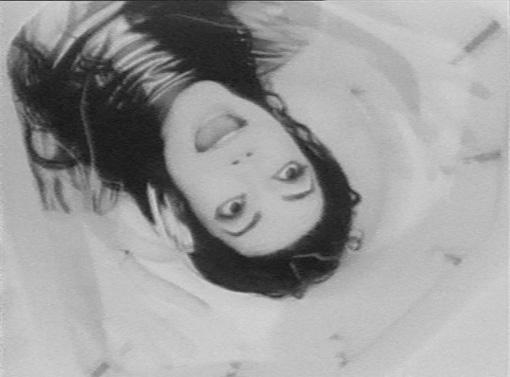
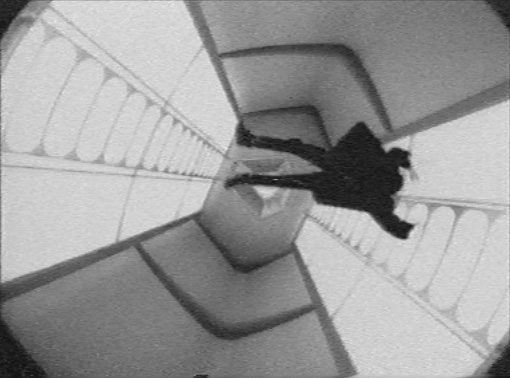
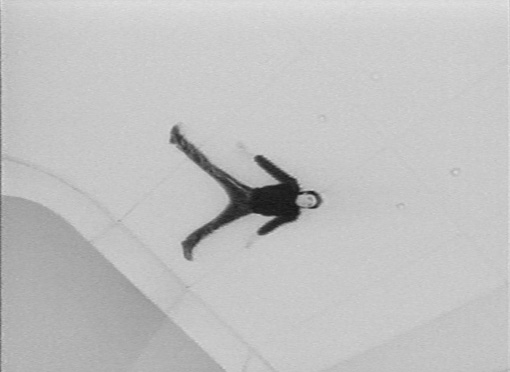
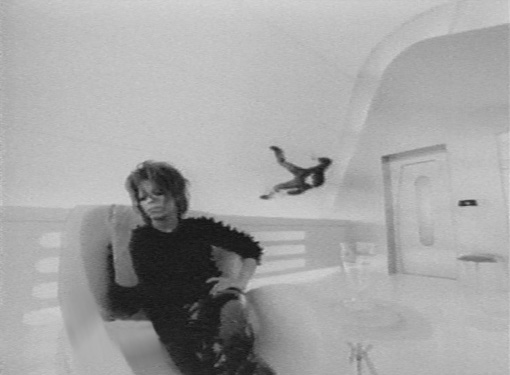



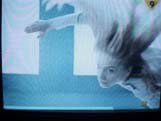

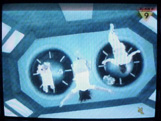
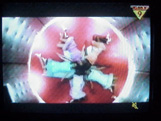

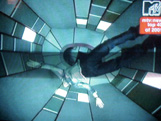


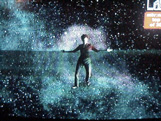
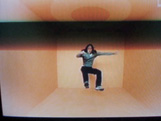
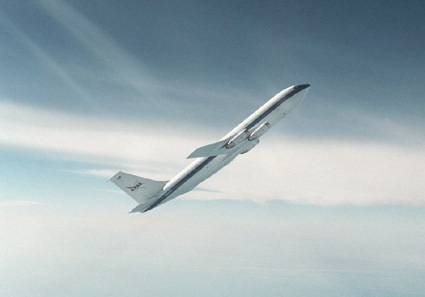
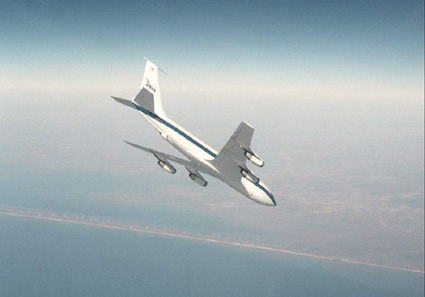
 . .
. . 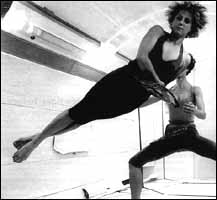



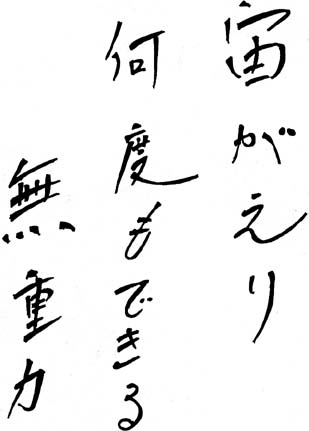


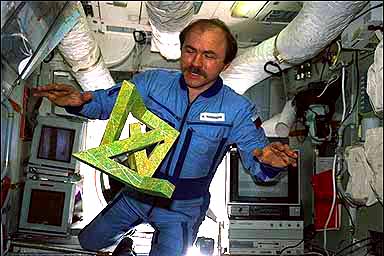 .
.